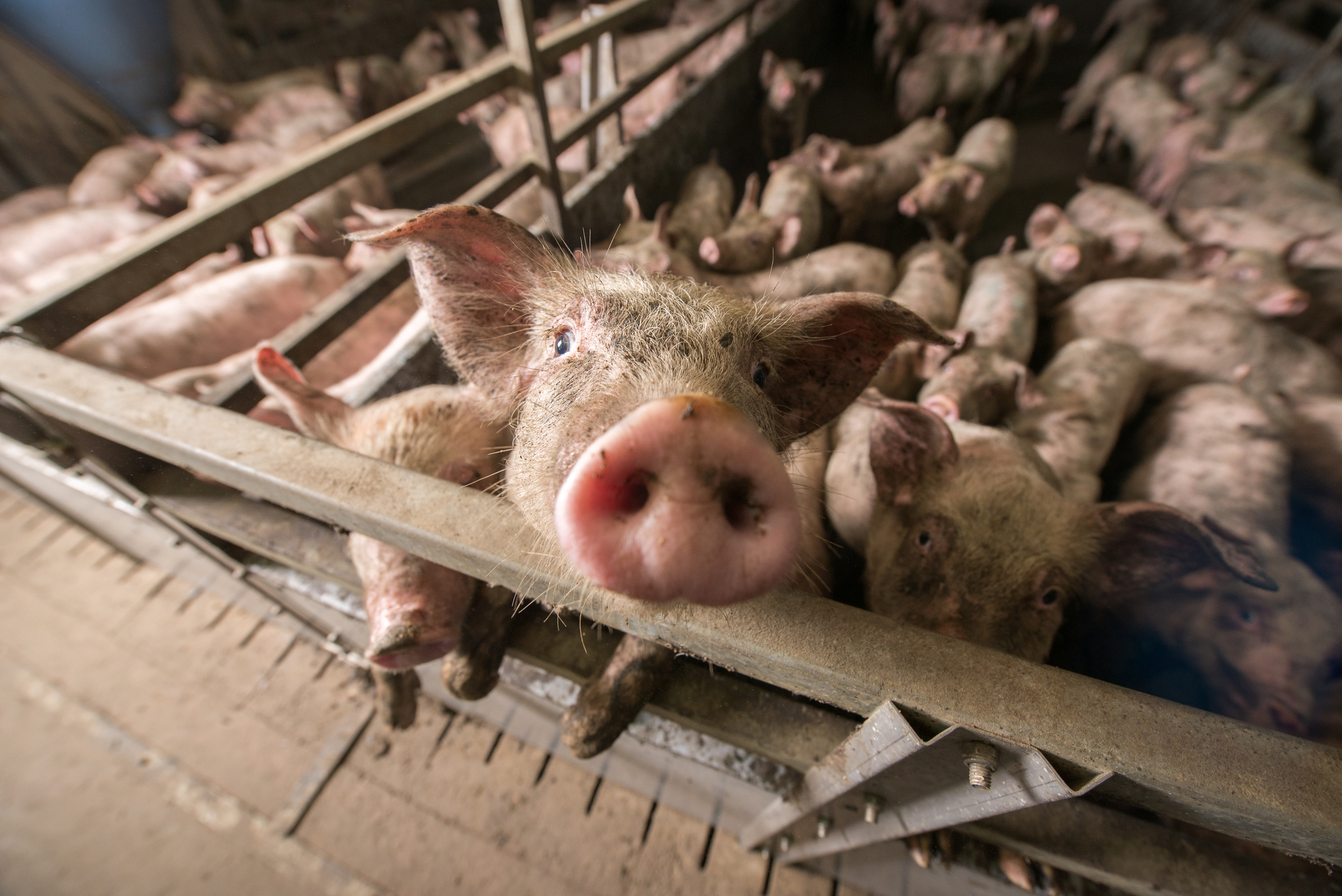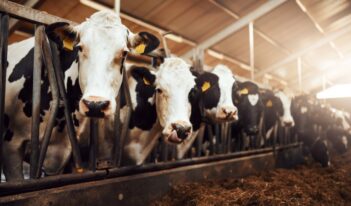
Scholars propose a new federal agency to reduce abuse of agricultural animals.
Animal rights groups reacted with messages of support and praise after the Philadelphia City Council unanimously passed a new “anti-pet mill” ordinance last year. The ordinance prohibits pet shops from selling puppies and kittens that come from large-scale, commercial breeding facilities with poor living conditions.
Although Philadelphia has joined other cities and states in increasing protections for dogs and cats, some scholars note that other types of animals—particularly agricultural animals such as cows, chickens, and pigs—are not receiving the same sort of attention from regulators. Instead, these agricultural animals have few legal protections, despite the fact that some industrial agricultural operations subject them to overcrowded, dirty, and inhumane living environments.
In a recent paper, Pace University Law School Professor David N. Cassuto and Pace University Law School graduate Cayleigh Eckhardt investigate this regulatory gap, which they assert leaves agricultural animals vulnerable to inhumane treatment. To remedy this problem, Cassuto and Eckhardt advocate for the creation of a new federal agency that would be responsible for protecting agricultural animals. Ideally, this agency would have the independent authority to enforce laws that regulate the treatment of agricultural animals.
Cassuto and Eckhardt’s analysis focuses on two countries: Brazil and the United States. In the United States, federal statutes only cover the treatment of agricultural animals while they are at or en route to a slaughterhouse. These laws only govern the very end of the animals’ lives. Other than during this limited period, state laws offer the only legal protection for agricultural animals.
All states have their own laws criminalizing the mistreatment of animals, but Cassuto and Eckhardt argue that these laws are insufficient. For example, many state laws exempt any agricultural practices that are considered “common” or “normal.” Because the agricultural industry’s own practices determine what is “common” or “normal,” Cassuto and Eckhardt characterize these laws as a type of self-regulation that provides no meaningful protection for agricultural animals. For example, “gestation crates” are commonly used in the pork industry to facilitate efficient breeding. Though these crates confine female pigs to very small spaces that prevent them from turning around, they remain legal due to their common usage throughout the industry.
Similar to the U.S. laws, Brazilian federal laws currently only protect agricultural animals during transport to or while they are at the slaughterhouse. But two other features of Brazil’s legal landscape attempt to advance protection for agricultural animals in ways the United States’ laws do not. First, the Brazilian Constitution specifically recognizes a fundamental right for animals to be protected from cruelty. Second, the government has outlined a set of voluntary “good agricultural practices” that creates standards promoting humane treatment of agricultural animals. Although these measures offer theoretical protection and many agricultural operations have decided to comply with the voluntary standards, Cassuto and Eckhardt note that limited enforcement means inhumane treatment of agricultural animals in Brazil remains widespread.
One way to improve the treatment of agricultural animals would be to eliminate industrial agriculture altogether, but Cassuto and Eckhardt recognize this would be infeasible. Instead, they argue for stronger regulations and enforcement. To bring about better protection for agricultural animals, the authors endorse the creation of a federal animal welfare agency.
Cassuto and Eckhardt contend that the new agency’s structure would be critical to its success. If given the proper level of independence and authority, the authors assert that the agency could operate free of industry and political pressures, which would allow the agency to develop ways to enforce animal protection laws more effectively. They support a commission structure whereby several commissioners—rather than a single administrator—lead the agency. Cassuto and Eckhardt suggest that an agency led by several people, rather than one person, would be less susceptible to outside influence.
The authors also stress that the enabling statute—the law that authorizes the formation of the agency—must ensure that commissioners could only be fired “for cause,” rather than at the will of the President. In theory, “for cause” protections would enable the commissioners to exercise their independent judgment without fear of being fired if their decisions did not align with the President’s politics.
In addition to strong structures supporting independence, the agency must also have the authority to protect all animals from cruelty for their entire lifespans and not just during the slaughter process, say Cassuto and Eckhardt. They urge Congress to pass several new and comprehensive laws that would give the agency this power. Additionally, Congress would need to remove any powers that other agencies currently have to enforce relevant federal statues and re-delegate those powers to the new animal welfare agency.
Cassuto and Eckhardt recognize that forming a new federal agency, especially given the current U.S. political climate, is an ambitious goal. Even if countries like Brazil and the United States were to create this type of agency, the authors do not imagine that it would suffice to end all cruelty towards agricultural animals. However, they conclude that a new regulatory agency would be an important step in addressing the remaining need for protecting animals’ rights to humane treatment.



